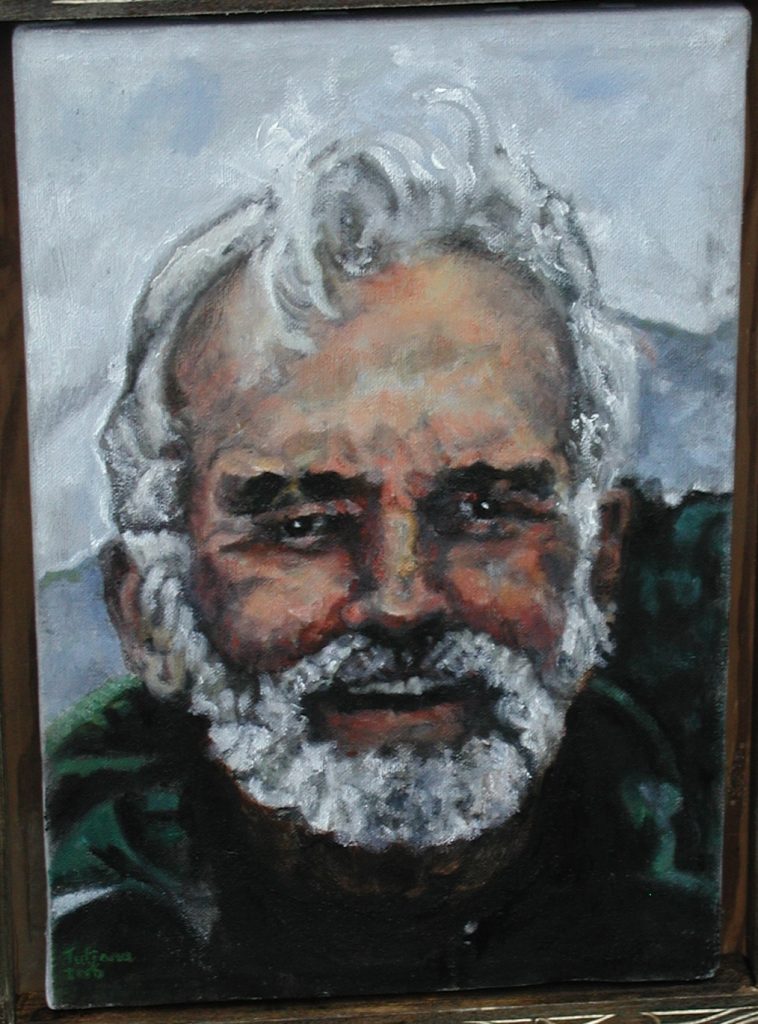In 1930’s Detroit, coal was the predominant fuel used for heating in the winter. The coal was delivered at grandfather’s house by a chute from a coal delivery truck. The coal went through a basement window into a small room called the “coal bin.” The bin had a door facing the furnace and coal was shoveled through it into the furnace.
Eventually the furnace was upgraded to add a stoker — a conveyor system to deposit coal into the furnace, activated by a thermostat upstairs
Any way it was fed, coal produced “clinkers” in the furnace; glass-hard agglomerations of residue that had to be removed in chunks with long-handled hooks and tongs.
At Grandfather’s elementary school, the clinkers were broken up and used like gravel on the school playground. And they were responsible for many a skinned knee.
***
About the Author: RD Blakeslee is an octogenarian in West Virginia who built his net worth by only investing in that which can be enjoyed during acquisition and throughout life, as opposed to papers in a drawer, like stocks and bonds. You can read more about him here.
Photos: Courtesy of the Blakeslee Family


I did not know about the clinkers, Dave. In fact, I never was in a building, to my knowledge, that was heated with coal.
But the first (old) house I bought on my own had a coal furnace that had been converted to gas. It was a huge, round thing in the cellar that we called our very own space ship. And, yes, the coal chute was still present, too.
P.S. Hope you and yours had a merry Christmas.
We did have a nice Christmas, Gee. Nice and quiet, with the kids all phoning and and catching up.
You too?
Those old coal furnaces sure date us, don’t they?
Ours was eventually converted to gas, too.
Those forced-air coal furnaces left a vertical soot streak on the wall above their outlets. Probably basement dust picked up at the air inlet, but occasionally a leak would develop in the firebox and asphyxiation could result. Fortunately (in this respect) those old houses were drafty and enough air entered from outside to prevent many deaths.
But the coal environment probably did contributed to many later cases of COPD.
Neighbors used coal in their fireplace. I dont even know where to buy it now.
Cool history of coal mines is New river gorge in west Virginia. Great moutain bike trail. Think museam in Chicago had/has a coal mine in it.
West Virginia’s history is replete with coal, of course. There are several buildings made of it.
https://www.roadsideamerica.com/story/11639
Very cool house, Dave. I assume they put some sort of resin coating or sealer on the interior and exterior walls; do you know?
I see it was gutted by fire awhile back, but it has since been renovated.
The one in Williamson was varnished, Len.
https://en.wikipedia.org/wiki/Coal_House_(Williamson,_West_Virginia)
Very cool! The building exterior is really beautiful. I wonder how strong those blocks are (max PSI) compared to commercial-grade concrete. Any ideas, Dave? If I were wealthy and was building a new home, I might consider constructing a house made of coal blocks — or at least a coal veneer.
First, Len, the use of coal blocks as a structural material is more or less a sensationalist stunt, so I was unable to find any direct comparison of its structural strength vs. concrete.
The compression strength of coal is important in coal mines however – mine tunnels need to avoid collapse of incipient coal. There is data on that. Generally, the strength is quite variable, unlike that of concrete:
https://personal.ems.psu.edu/~fkd/publications/journals/2018_j_jcogeol_coal_strength_honghua.pdf